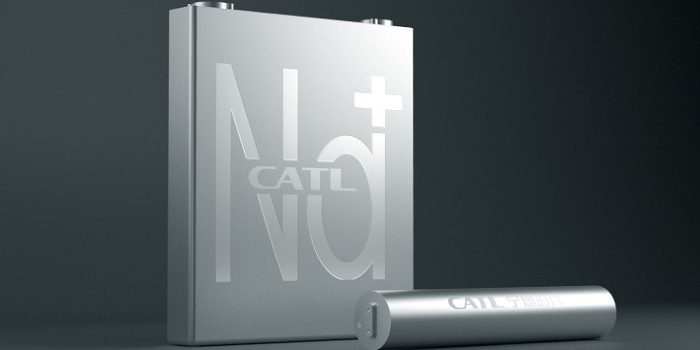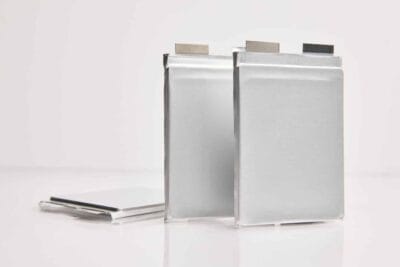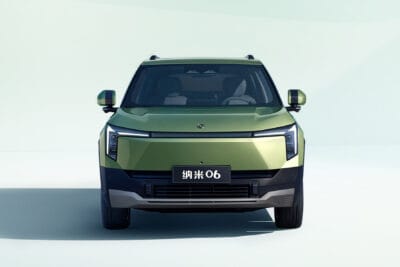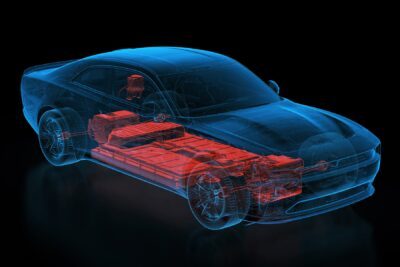Chery becomes first customer for CATL’s sodium-ion batteries
Chery will be the first automaker to use CATL’s sodium-ion batteries, the battery manufacturer officially announced. CATL did not, however, provide further details about the cooperation.
Thus, it is unclear when and in which model CATL’s Na-ion battery will launch. So far, the announcement was only made in a short tweet. There may be more information this week at the Auto China in Shanghai.
CATL unveiled the first generation of its sodium-ion battery in July 2021 and said that it would build a supply chain for the new technology by 2023. Thus, the battery giant would still be on its self-imposed schedule if Chery is about to launch such models.
Most recently, a race of sorts emerged in China to be the first to use sodium-ion cells in high-volume electric cars. In February, the hitherto rather unknown battery manufacturer Hina Battery unveiled three sodium-ion battery cell types and announced a partnership with the JAC car company. A test vehicle based on the Sehol EX10 (Sehol is a joint venture brand of JAC and Volkswagen Anhui) has already been built. Then in March, Farasis Energy announced it would supply Na-ion cells to JMEV.
Our first sodium-ion battery will power the Chery EV models. The award-winning technology breaks the bottleneck of limited raw materials and provides a cost-effective solution. pic.twitter.com/yWLEQJ4e3B
— CATL (@catl_official) April 16, 2023
The specifications for CATL’s sodium-ion battery for Chery remain unknown. In 2021, CATL stated that the cells at the time had an energy density of 160 Wh/kg and promised an increase to 200 Wh/kg for the next generation. That would make the sodium ion cells almost comparable to LFP cells. At an event in November 2022, a CATL representative promised EV batteries for electric cars with a range of up to 400 kilometres.
In addition, CATL talked about mixed battery packs of lithium-ion cells and sodium-ion cells in the past to complement the advantages of both technologies – higher energy density for lithium-ion cells and the benefits in cost, raw material procurement, fast charging and low-temperature performance of Na-ion cells.





0 Comments